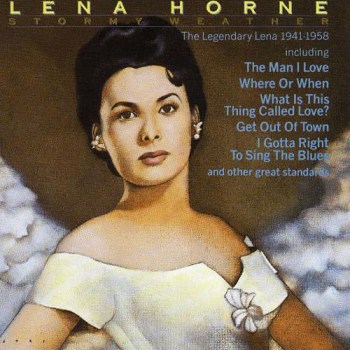
For American pop music in the first half of the 20th century, the core collaboration was between Jewish songwriters and black singers and styles. In the early ’30s at Harlem’s Cotton Club, where African-Americans could star on stage but not sit in the audience, Harold Arlen (a cantor’s son) and Ted Koehler wrote a string of hits: “I’ve Got the World on a String,” “Between the Devil and the Deep Blue Sea” and this bluesy perennial. One of countless songs that impart meteorological metaphors to emotions — here it “keeps rainin’ all the time” in the singer’s heart — “Stormy Weather” establishes its personality with its first three mournful notes: “Don’t know why…” For the bridge (“When she went away, the blues walked in and met me…”), Arlen switches to the slow stomping of a New Orleans funeral march that ascends to a plangent phrase reminiscent of Stephen Foster’s “Old Folks at Home.” Summarizing a century of pop music, the song sounds fresh and poignant in this century as well.
Ethel Waters, who introduced the song, took it to No. 1 in 1933, when versions by Duke Ellington, Guy Lombardo and Ted Lewis also made the top 10. But “Stormy Weather” is inextricably linked to Lena Horne, who performed it in the 1943 film of the same name. Horne had joined the Cotton Club chorus at 16; her keen beauty, soprano lilt and silky poise would have made her a Hollywood star if the industry hadn’t been so profoundly racist. Like Paul Robeson with “Ol’ Man River,” Horne made her signature song an autobiographical statement. Performing into her eighties, she remained a beacon for black performers, a divinity to audiences of all colors and a lingering, stinging reproach to the attitudes that had robbed her of her Hollywood prime.
[youtube=http://www.youtube.com/watch?v=QCG3kJtQBKo]

